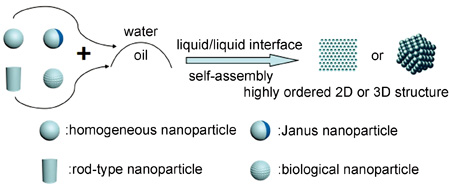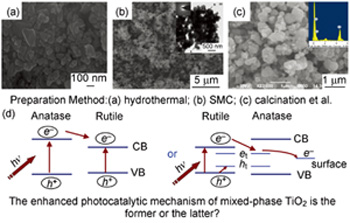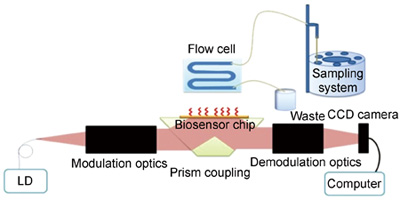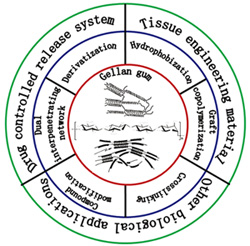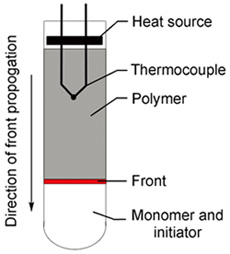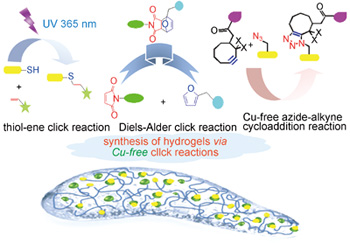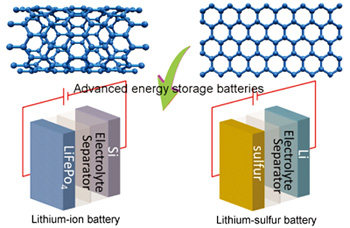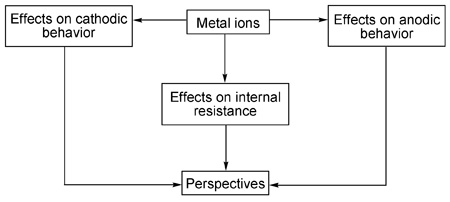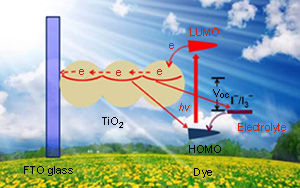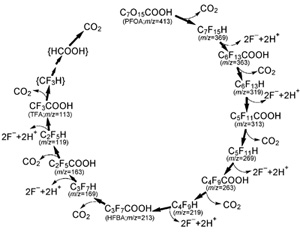Wang Shiqi, Fu Changkui, Wei Yen, Tao Lei. Exploration of Multicomponent Polymerization System[J]. Progress in Chemistry, 2014, 26(07): 1099-1106.
Multicomponent reactions (MCRs) are those reactions which incorporate three or more starting materials in one pot and prepare the final products effectively and efficiently. During multicomponent reactions, nearly all atoms from reactants contribute to the final product. Also, such reactions are free from lengthy intermediate separation and purification, so they have been widely used to synthesize complicated molecules such as drug precursors, bioactive molecules and so on. Our group has developed a unique system to carry out MCRs on the polymerization platform, combining monomer preparation and in situ controlled polymerization together in one-pot style, thus generating multifunctional polymers in one-step. The reactions involved in this system cooperated well without interference, thus generating well-defined products with controlled molecular weight and narrow polydispersity index(PDI). Compared with traditional multifunctional polymer synthesis techniques (step-by-step or post-modification approaches), this one-pot system has many intrinsic advantages: time-saving, atom-economic, green and highly efficient. By now, we have successfully developed several multicomponent polymerization systems, including binary, ternary and even quaternary systems. Meanwhile, the further applications of these systems have been investigated as well. We have demonstrated that chiral polymers and gradient polymers, which are difficult to be synthesized through orthodox approaches, could be easily and effectively prepared in these systems. With more investigation and understanding about this one-pot multicomponent polymerization system, we believe that it could be a facile and versatile alternative methodology for multifunctional polymer synthesis and preparation in the near future.
Contents
1 Introduction
2 Multicomponent one-pot polymerization and functionalization system
2.1 Binary system
2.2 Ternary system
2.3 Quaternary system
3 Applications of multicomponent one-pot polymerization and functionalization system
4 Conclusion and outlook










